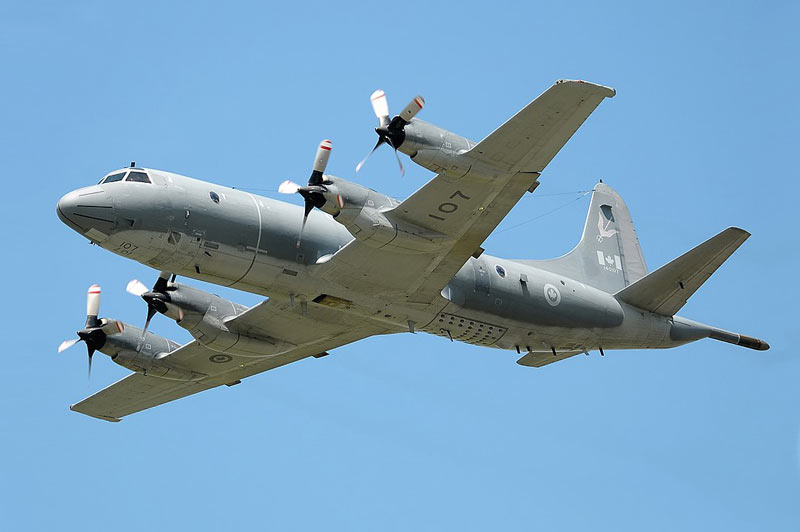
It’s estimated that by the year 2040, half of the world’s gross domestic product will be generated in the region stretching from the Pacific island nations to India, says Canada’s long awaited Indo-Pacific Strategy.
The document, released on Nov. 23, 2022, is a comprehensive review of Canada’s trade, defence and intelligence strategy with the 40 nations and economies in the area.
Given Canada’s 27,300-kilometre-long Pacific coast, its growing trade with countries in the region, the increasing number of Canadians with familial ties and the growing challenges that China poses to all nations nearby, it’s high time for Canada to formulate a plan for dealing with the nuances of conducting business in the Indo-Pacific.
Although the Strategy provides great detail about how Canada will expand its relations in the region, it completely fails to outline a realistic Canadian military posture.
All of Canada’s ties with the Indo-Pacific are endangered by China’s growing military power, along with its aggressive foreign and defence policies during the last decades. From the expansion and modernization of China’s nuclear weapons arsenal, to its growing naval fleet (now the world’s largest) and its coercive tactics in engaging with neighbouring nations such as the Philippines, Indonesia, Japan and others, China is endangering peace in the Pacific region.
Japan, Australia, South Korea, India and the United States have increased their military presences and alertness for the better part of a decade now. Canada has not to the same extent because it cannot. It’s good for Canada to aim to expand relations with nations in the area, but when the country cannot bring a credible military presence to the region—and countries there are well aware of Canada’s military weakness—Canada’s grandiose ambitions are revealed for what they are: hollow.
It would be a “challenge” to launch any sort of large-scale operation due to a lack of people and equipment.
The defence portion of the Indo-Pacific Strategy devotes several pages to Canada’s plans to bolster its military presence, but what those plans amount to are the shifting of a single additional Halifax-class frigate from the Atlantic to the Pacific.
There is nothing said about upgrading Canada’s sea surveillance with the purchase of the P8 Poseidon aircraft to replace its aging Aurora propeller planes; nothing about acquiring and deploying modern submarines; nothing about completing new replenishment and supply ships for its navy; nothing about expediting the replacement of the Halifax-class frigates that are now three decades old.
In fact, a Canadian Press story from this past August revealed that Canada’s frigates have been absent from NATO naval forces for the past eight years.
Tim Choi, a recent doctoral graduate from the University of Calgary’s Centre for Military, Security and Strategic Studies, told CP: “It’s the unavoidable consequence of forcing a small fleet to concentrate more resources into a smaller time frame which results in more time required to recuperate.” David Perry of the Canadian Global Affairs Institute, meanwhile, pointed out in the same article that although Canada has 12 frigates, “only a handful are available to deploy at any given time.”
So, if six are available, and three are deployed in the Atlantic or close to the area where Russia threatens NATO’s eastern flank, that leaves three for the Pacific.
Canada’s chief of the defence staff, General Wayne Eyre, has recently taken every opportunity to tell the Canadian public how low prospects for the Canadian Armed Forces have sunk. In a news story published the day before the Indo-Pacific Strategy’s release, Eyre told Canadians that it would be a “challenge” to launch any sort of large-scale operation due to a lack of personnel and equipment. In that same story, Defence Minister Anita Anand was quoted as having told CTV’s “Question Period” that Canada should “be able to walk and chew gum at the same time” in balancing its NATO commitments and promoting peace in the Indo-Pacific.
What Anand doesn’t seem to realize, is that it isn’t the gum that is missing, it’s Canada’s teeth.
Advertisement













